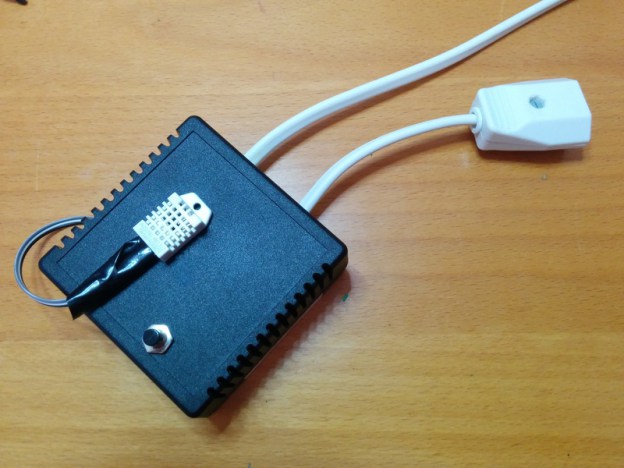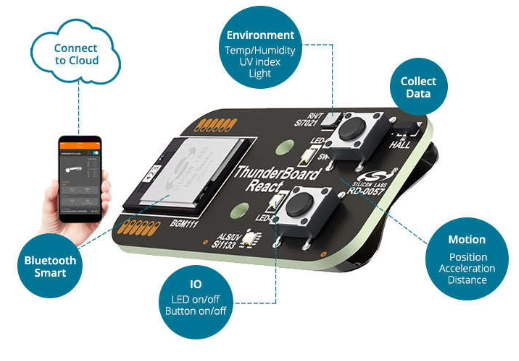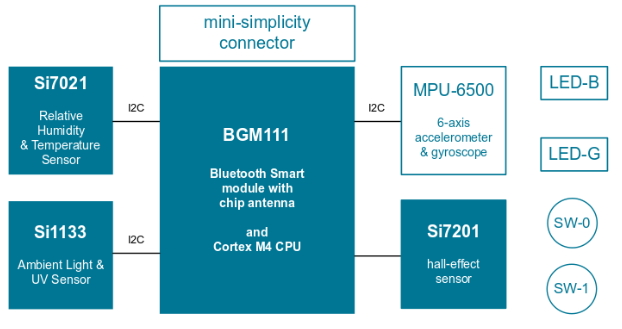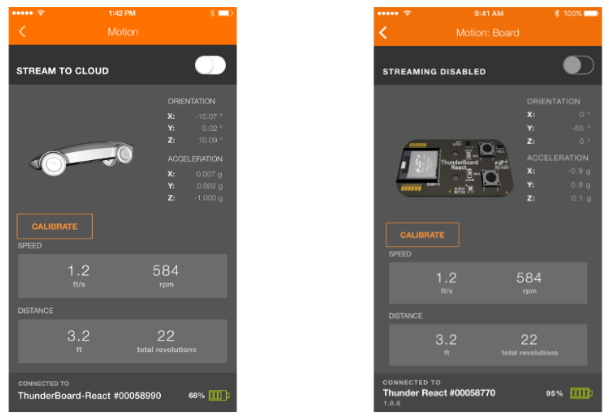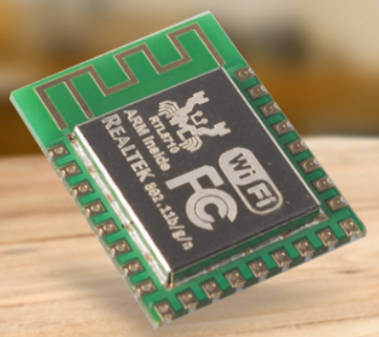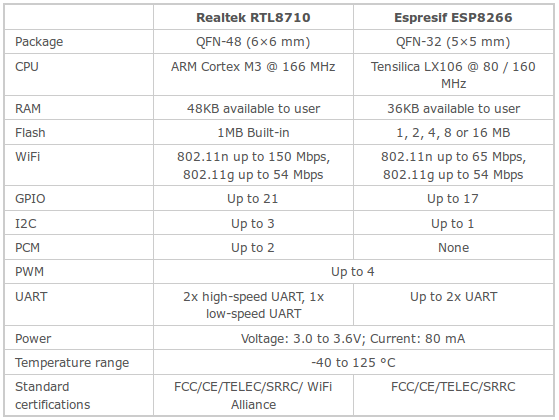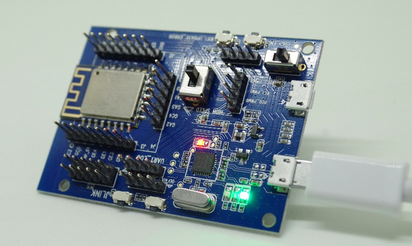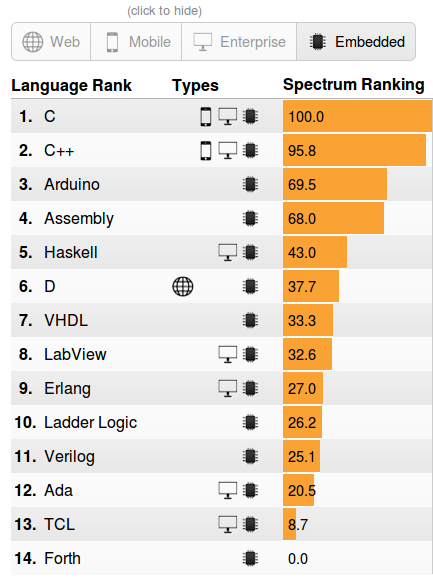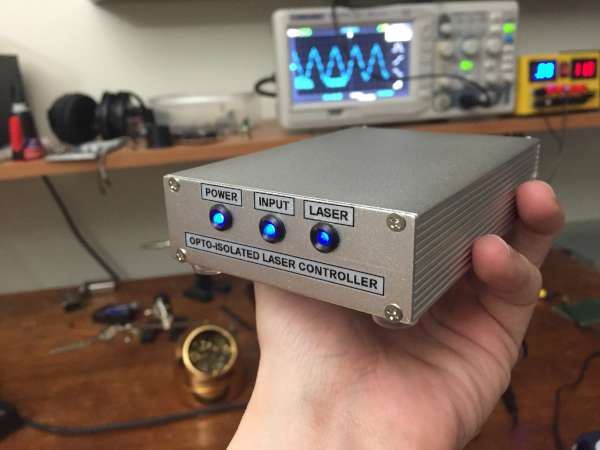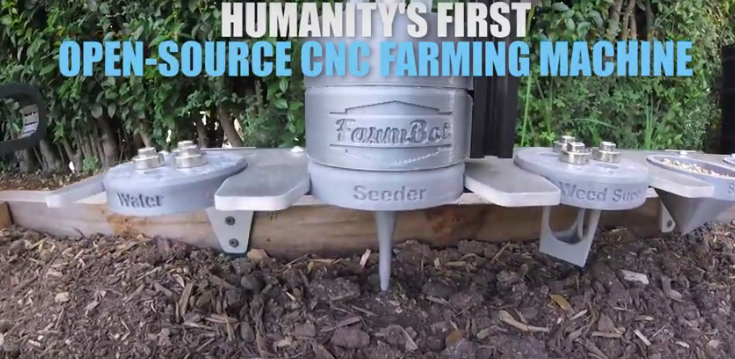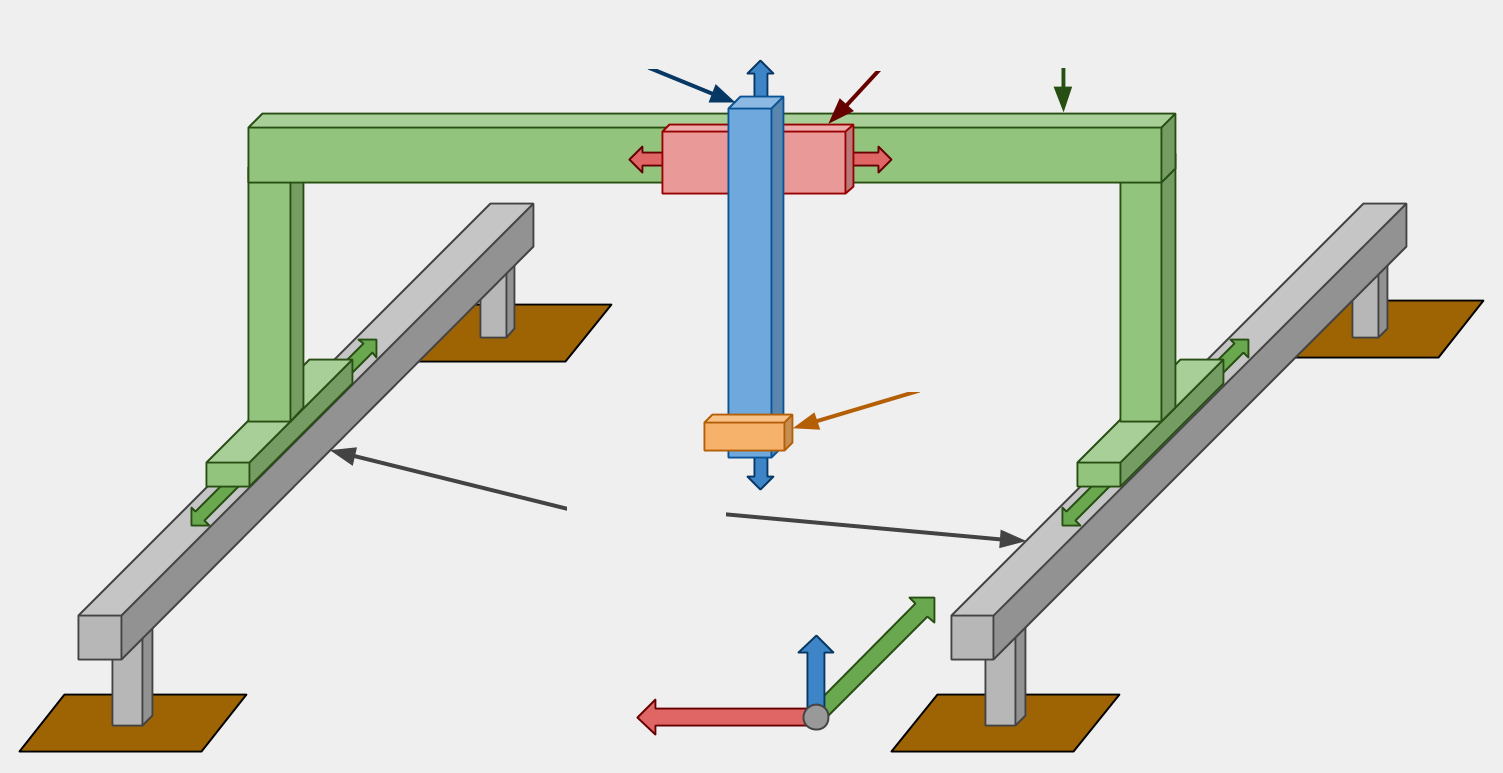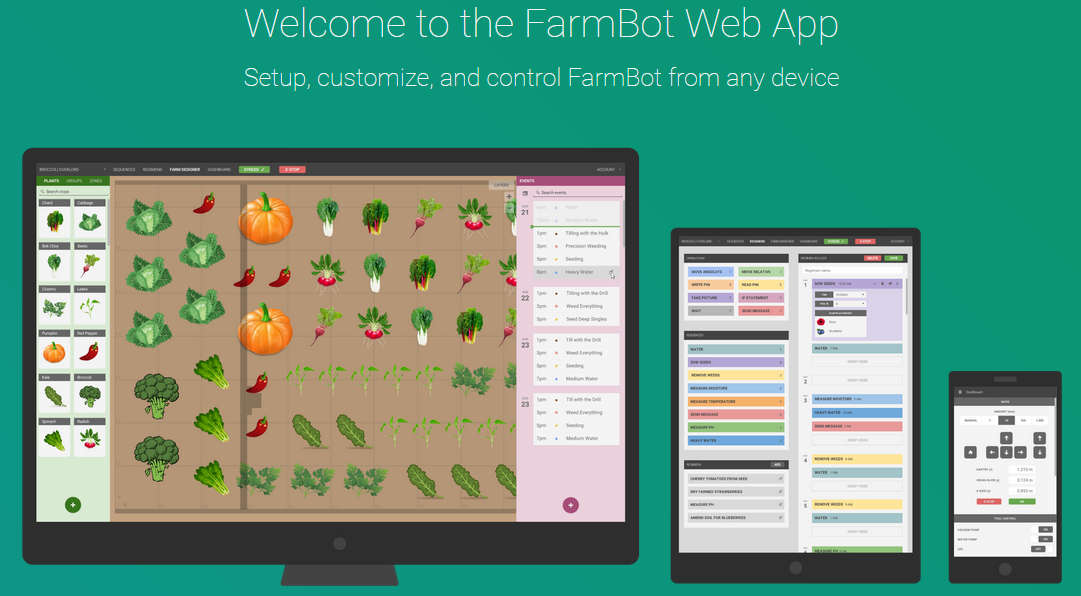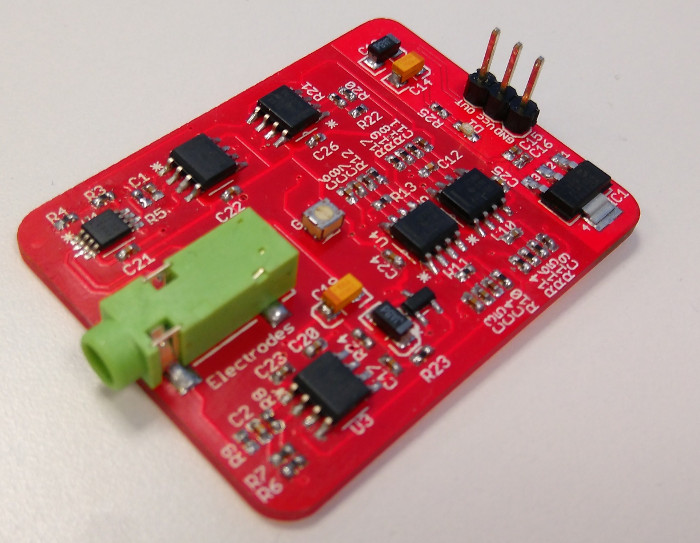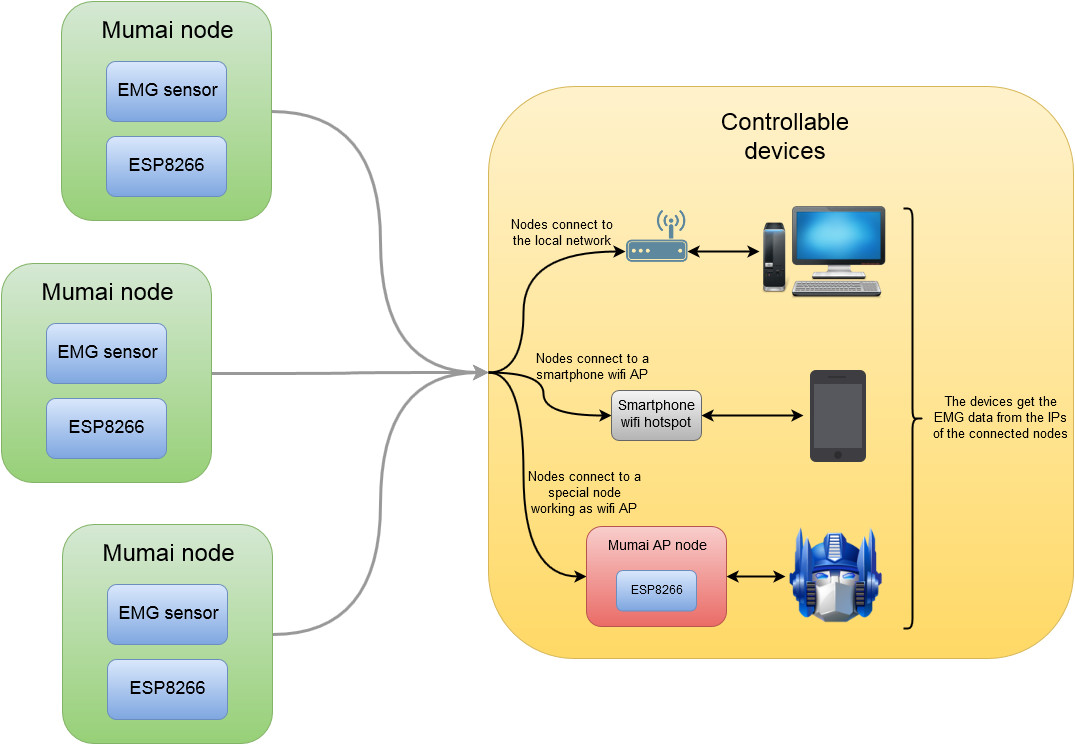Tinkerman @ tinkerman.cat tipped us with his latest project. It’s a laundry notification system that will message you when it’s finished.
I often forget my wet clothing in the washer and after a day they really smell… so I thought about monitoring my washer and get a notification in my phone when the laundry is done. An ESP8266 based Sonoff by ITead, current monitoring circuitry, a DHT22 (the washer is in the cellar) and a custom case. MQTT for messaging, Node-RED to manage messages and monitor activity and Pushover service to get a “Your laundry is done” message on my phone 🙂
Your laundry is done! – [Link]



